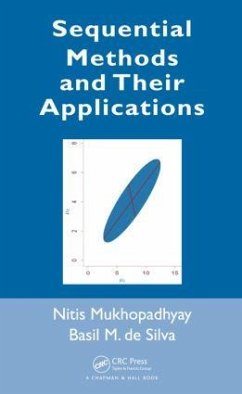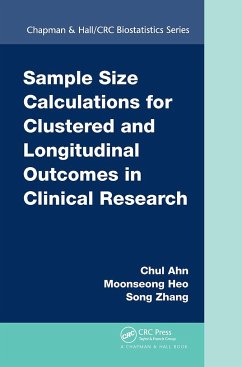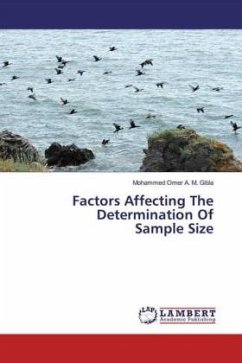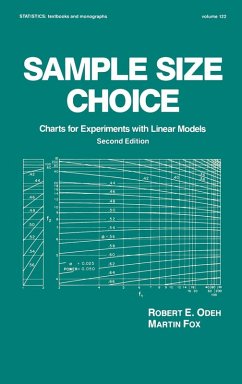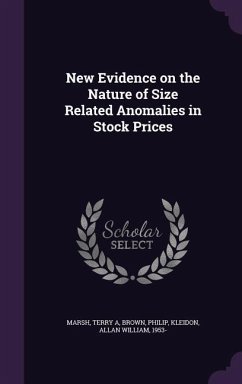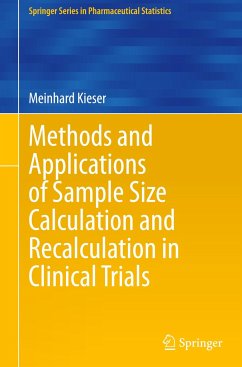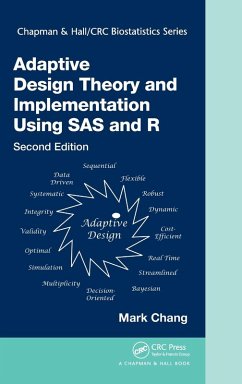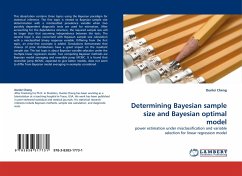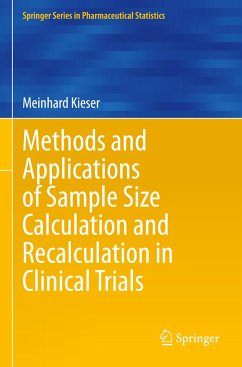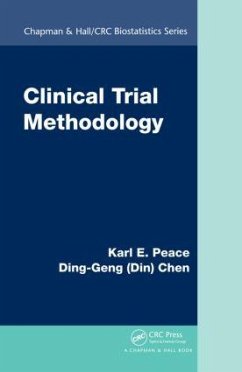
An Investigation of the Effects of Correlation, Autocorrelation, and Sample Size in Classifier Fusion
Versandkostenfrei!
Versandfertig in über 4 Wochen
29,99 €
inkl. MwSt.
Weitere Ausgaben:

PAYBACK Punkte
15 °P sammeln!
This thesis extends the research found in Storm, Bauer, and Oxley, 2003. Data correlation effects and sample size effects on three classifier fusion techniques and one data fusion technique were investigated. Identification System Operating Characteristic Fusion (Haspert, 2000), the Receiver Operating Characteristic "Within" Fusion method (Oxley and Bauer, 2002), and a Probabilistic Neural Network were the three classifier fusion techniques; a Generalized Regression Neural Network was the data fusion technique. Correlation was injected into the data set both within a feature set (autocorrelati...
This thesis extends the research found in Storm, Bauer, and Oxley, 2003. Data correlation effects and sample size effects on three classifier fusion techniques and one data fusion technique were investigated. Identification System Operating Characteristic Fusion (Haspert, 2000), the Receiver Operating Characteristic "Within" Fusion method (Oxley and Bauer, 2002), and a Probabilistic Neural Network were the three classifier fusion techniques; a Generalized Regression Neural Network was the data fusion technique. Correlation was injected into the data set both within a feature set (autocorrelation) and across feature sets for a variety of classification problems, and sample size was varied throughout. Total Probability of Misclassification (TPM) was calculated for some problems to show the effect of correlation on TPM. This work has been selected by scholars as being culturally important, and is part of the knowledge base of civilization as we know it. This work was reproduced from the original artifact, and remains as true to the original work as possible. Therefore, you will see the original copyright references, library stamps (as most of these works have been housed in our most important libraries around the world), and other notations in the work. This work is in the public domain in the United States of America, and possibly other nations. Within the United States, you may freely copy and distribute this work, as no entity (individual or corporate) has a copyright on the body of the work. As a reproduction of a historical artifact, this work may contain missing or blurred pages, poor pictures, errant marks, etc. Scholars believe, and we concur, that this work is important enough to be preserved, reproduced, and made generally available to the public. We appreciate your support of the preservation process, and thank you for being an important part of keeping this knowledge alive and relevant.



